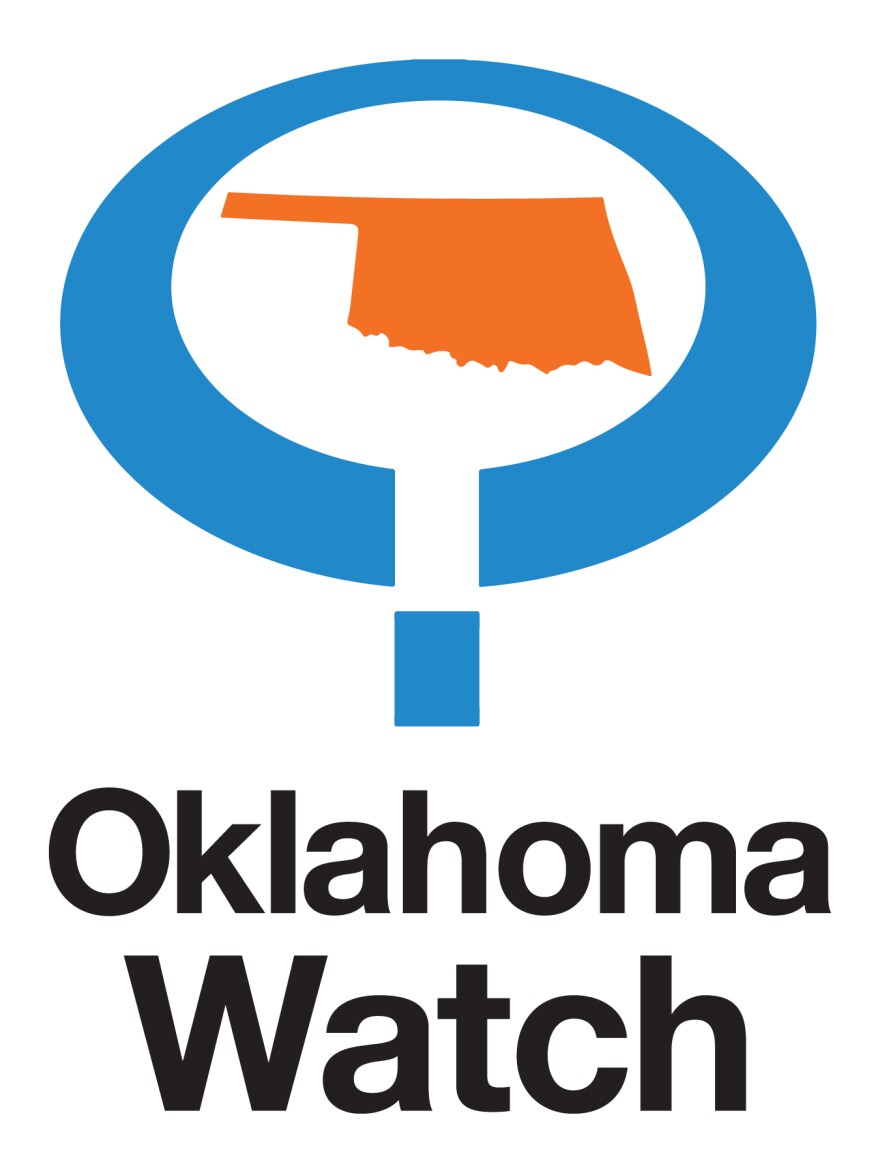Only 40.7 percent of Oklahoma's registered voters filled out a ballot during Tuesday's gubernatorial election Tuesday, according to preliminary results. That makes it the lowest turnout going as far back as 2002.
State data shows 51.5 percent of registered voters participated in the 2002 election. In 2006, 56.1 percent of voters turned out while 50.7 percent of voters participated in 2010.
Unofficial 2014 General Election stats
— Oklahoma State Election Board (@OKelections) November 5, 2014
- Total ballots scanned: 827,671
- Most votes cast in a race: Governor (823,761)
The Oklahoma State Election Board says more ballots were cast in the gubernatorial race than any other contest, which had the lowest turnout in two decades.
Gov. election turnout comparison
— Oklahoma State Election Board (@OKelections) November 5, 2014
2014: 823,761 (unofficial)
2010: 1,034,767
2006: 926,462
2002: 1,035,620
1998: 873,585
1994: 995,012
Presidential elections tend to see higher turnout than gubernatorial races in Oklahoma. The 2012 presidential election saw 66.7 percent of voters cast a ballot.
House Minority Leader Scott Inman (D-Del City) called voter turnout in the 2014 elections “depressing.”

“If you go poll people in the state of Oklahoma, and you ask people, ‘Are you happy where the country’s heading?’ Republicans aren’t happy because they don’t like the president, a lot of Democrats aren’t happy because they’re not happy with the way the president’s been moving things,” Inman said. “You would think people would be active, and get out there and vote.”
House Speaker Jeff Hickman (R-Fairview) said Oklahomans turnout numbers mirror the national rate of around 40 percent, and agreed with Inman’s assessment that logic would dictate voter dissatisfaction would drive people to the polls.
“We’re not seeing that,” Hickman said. “I think that’s a challenge for all of us in public office, to find ways to get more Americans and more Oklahomans engaged.”
Hickman also said weather could’ve played a factor, since heavy rain fell across much of Oklahoma throughout the day Tuesday, along with chilly temperatures in the 50s.
Here's a county-by-county look at Tuesday's turnout results:
Oklahoma and many states across the nation struggled to attract voters to the polls, primarily because of a lack of competitive races or controversial ballot questions, some experts said.
Tuesday’s results, which still need to be certified, appear to be the lowest on record in the state, but state Election Board officials said they can’t positively say that’s the case.
The state has reported the number of registered voters on Nov. 1 since about 2004. Before then, registration was annually reported on Jan. 15 the year of the election.
Bryan Dean, a spokesman for the department, said the reporting date was changed to get a more accurate look at election turnout because there is a bump in registration between January and October.
“This year is definitely among the lowest in turnout,” he said. “I can’t positively say it’s the lowest, since we could’ve had a spike in registration in one of the other years.”
Presidential elections tend to see higher turnout than gubernatorial races in Oklahoma.
The 2012 presidential election saw 63.1 percent of voters cast a ballot.
Keith Gaddie, a political science professor at the University of Oklahoma, said last night’s poor turnout is not surprising.
“We’ve been in this downward spiral of non-voting since the 1990s,” he said. “That’s just the reality of it in Oklahoma.”
The most contested race this year was for state schools superintendent, but that was essentially settled when Joy Hofmeister beat incumbent Janet Barresi during the June Republican primary, Gaddie said.
There were no other contentious or tight races on the ballot to draw would-be voters, including the gubernatorial race between Republican incumbent Mary Fallin and her Democratic challenger Joe Dorman.
Oklahoma has also seen a steady decline in the percentage of the eligible population that actually registers to vote.
About 98 percent of eligible voters were registered in 1992, according to the U.S. Election Assistance Commission. In 2012, only 74 percent of eligible voters were registered. Data for 2014 is not available yet.
Many northwest Oklahoma counties saw higher turnout Tuesday compared with the rest of the state. Clerks with the election boards in Grant and Harper counties did not know why since there were no contentious races on their ballots.
Cheryl Patterson, Garfield County elections clerk, said the region has historically been more active at the polls.
“I think people from this area take a lot of pride in being a voter,” she said. “It’s just something that’s almost a status symbol saying you voted.”
Gaddie said the region historically has better turnout because residents are older and white – Oklahoma’s largest voting demographic.
Oklahoma’s younger voters tend to be in central and eastern Oklahoma and are more diverse, Gaddie said. They also vote at lower rates, which could pose problems for Oklahoma’s future.
“If this doesn’t change, white older voters will be disproportionately represented,” Gaddie said. “This will create tension in the long run because the people most influenced by government will be the least represented.”
Michael McDonald, an associate professor of political science at the University of Florida, said if the nation’s voting rate for all eligible voters – not just registered voters – comes in at 37 percent as expected, it would be the lowest turnout since 1942.
About 34 percent of the population voted then.
While there was a fight over control of the Senate in some states this year, most elections were not competitive.
“Some states had competitive races for Senate and governor, and they had higher turnout,” McDonald said. “Oklahoma is an uncompetitive state. Voters pretty much knew who was going to win, so they didn’t show up.”
Nate Robson can be reached at nrobson@oklahomawatch.org








